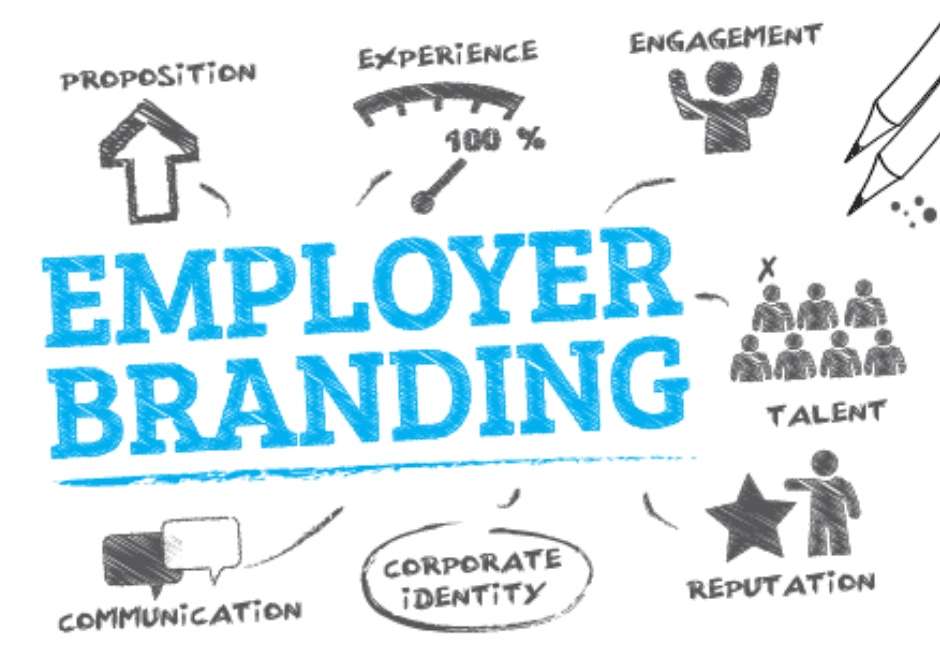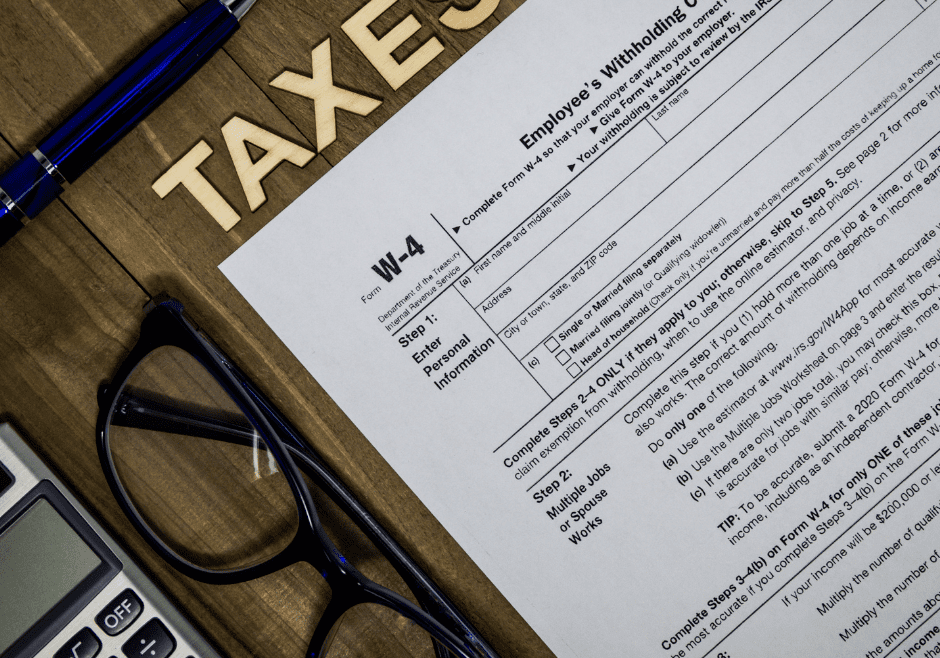HR Insight: IRS Announces HSA Limits for 2024
HSA Limit Changes for 2024. Here is what you need to know:
In the recently released Rev. Proc. 2023-23, the IRS has made annual inflation adjustments to health savings accounts:
- For calendar year 2024, a “high deductible health plan” is defined as a health plan with an annual deductible that is not less than $1,600 for self-only coverage or $3,200 for family coverage, and for which the annual out-of-pocket expenses (deductibles, copayments and other amounts, but not premiums) do not exceed $8,050 for self-only coverage or $16,100 for family coverage.
- For calendar year 2024, the annual limitation on deductions for an individual with self-only coverage under a high deductible health plan is $4,150.
- For calendar year 2024, the annual limitation on deductions for an individual with family coverage under a high deductible health plan is $8,300.
The HSA catchup contribution limit for those age 55 and older is set by statute at $1,000 and remains unchanged.
What’s behind the changes:
The Society for Human Resource Management noted that the annual contribution limits are rising by more than 7%, “in one of the biggest jumps in recent years.” These changes are due to the high inflation rates. The increased limits should bring additional attention to HSAs: “Many industry experts tout health savings accounts as a smart way for employees to save for medical expenses, even in retirement, citing their triple tax benefits: Contributions are made pretax, the money in the accounts grows tax free and withdrawals for qualified medical expenses are tax free.”
The SHRM said that at the end of 2022, Americans held $104 billion in 35.5 million HSAs.
This is just a summary of complex provisions. To see whether an HSA is right for you, we always recommend you speak with a financial professional.
©2023
Sign up for PeepTek Solutions’ Newsletter











